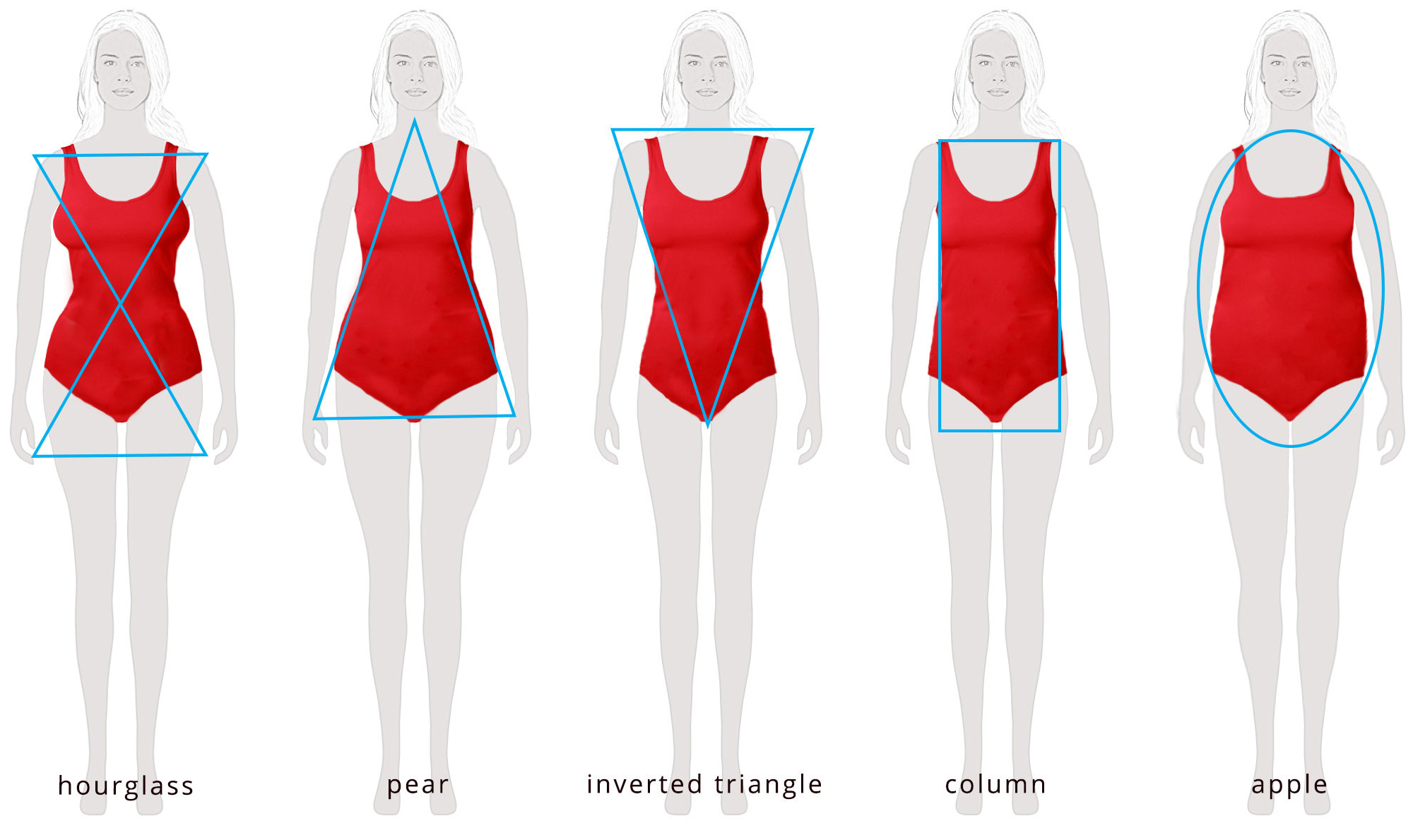

family and friends who diet and express body dissatisfaction.appearance or weight-related teasing or bullying in childhood.Some of the factors that contribute to a negative body image include: A healthy relationship with physical activity means engaging in regular physical activity that is focused on maintaining or improving physical fitness, and that is also fun and enjoyable. This could be associated with the feeling that being active or engaging in particular activities exposes their body to the public eye.Īlternatively, woman and girls may engage in excessive or compulsive exercise to change their body weight, size or shape. Feeling self-conscious or uncomfortable with appearance, body size or shape can lead to women and girls reducing or avoiding physical activity engagement.

Ultimately, dieting is not effective or sustainable and can lead to an unhealthy relationship with food and eating.īody image can also impact a person’s engagement with physical activity. Dieting is also not effective in the longer term, with many people who lose weight from dieting regaining the weight over time. While dieting is normalised in society, it is not normal or healthy, and can lead to serious physical health complications. Research shows that even ‘moderate’ dieting increases the risk of developing an eating disorder in teenage girls. Body image and health behavioursĪ negative body image increases the risk of engaging in unhealthy lifestyle behaviours, such as dieting or restrictive eating, over-exercising and other disordered eating or weight control behaviours.ĭieting is a significant risk factor for developing an eating disorder.

Research also shows that, after moving to Australia, some women from other countries take on body image and diet habits that are not common in their country of origin. Recent research suggests that 80 per cent of Australian women are dissatisfied with their bodies to some degree. A positive body image is associated with better self-esteem, self-acceptance and healthy lifestyle behaviours, including a balanced approach to food and physical activity.īody image issues affect people of all ages, genders and across all cultures. For example, a person may think and feel that their body is much larger or smaller than it is. People can experience a positive or negative body image and can be influenced by both the internal and external factors in our lives.īody image may not be directly related to your actual appearance. This can include your body’s size, shape and weight, or individual body parts. Your body image is how you perceive, think and feel about your body.


 0 kommentar(er)
0 kommentar(er)
